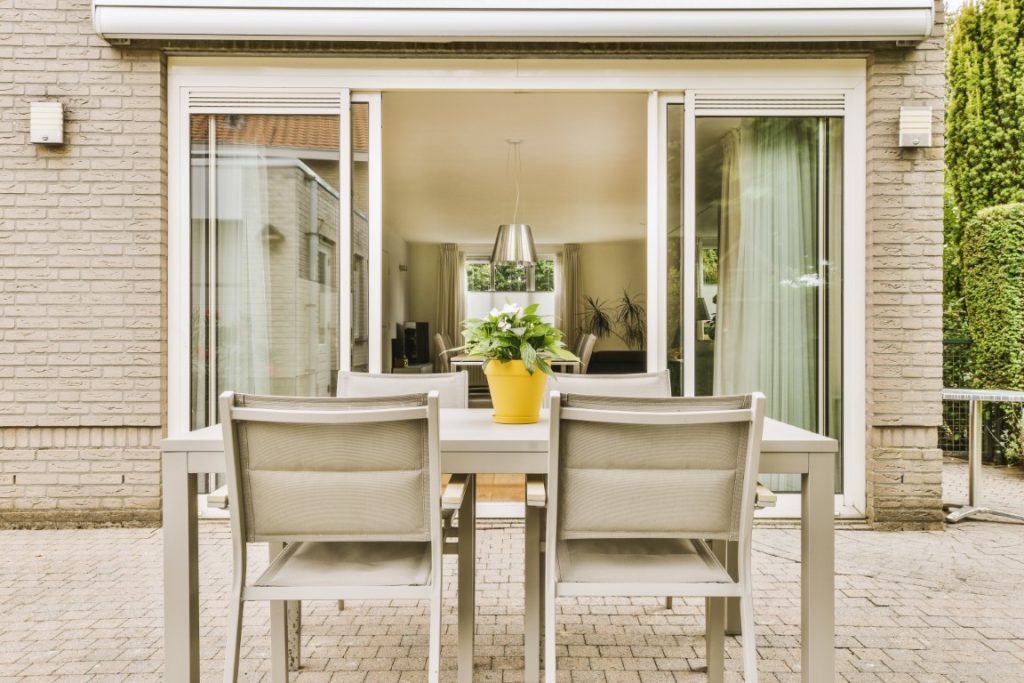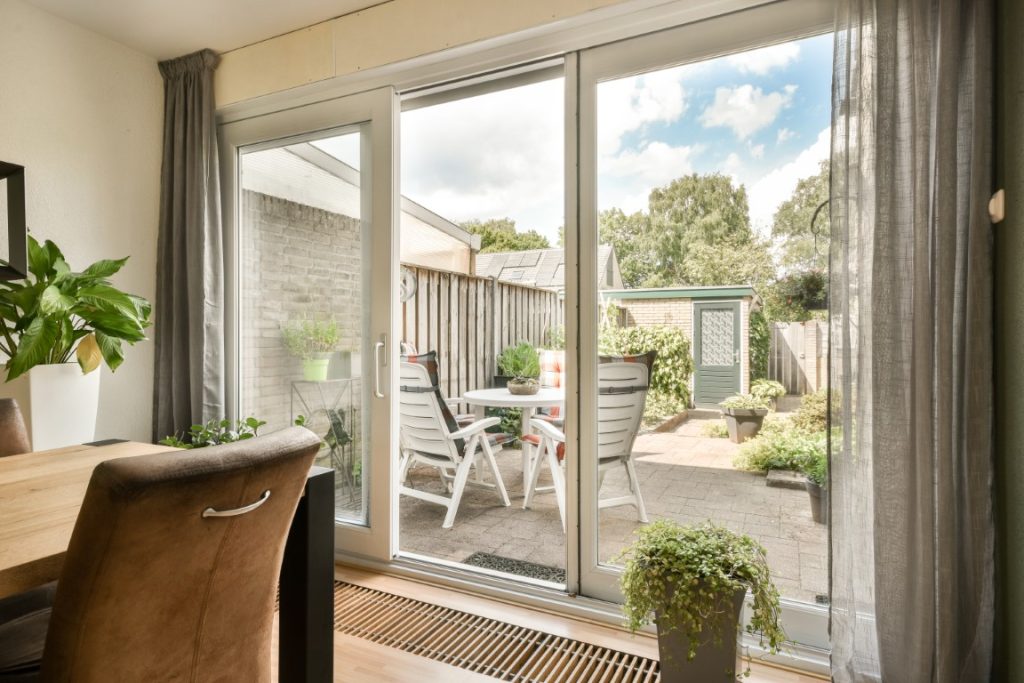Whether you’re looking to replace or install new sliding patio doors, accurate measurements are essential for a perfect fit and aesthetic. By following our step-by-step instructions, you’ll be able to confidently measure your sliding patio doors, ensuring a seamless installation process.
The Importance of Accurate Measurements
Before diving into the measurement process, it is crucial to understand why accurate measurements are important for patio doors. Precise measurements play a vital role in the installation and maintenance of your patio doors.
Preventing Drafts
Accurate measurements guarantee a proper fit, eliminating gaps that can cause drafts and compromise the energy efficiency of your home. By sealing any potential areas for air leakage, you can create a comfortable indoor environment and save on heating and cooling costs.
Ensuring Energy Efficiency
Properly fitted and accurately measured patio doors help maintain a consistent temperature in your home. This reduces the workload on your HVAC system, resulting in energy savings and a reduced environmental impact.
Long-term Saving Costs
By investing time in obtaining precise measurements, you can avoid costly mistakes and the need for adjustments or replacements down the line. Accurate measurements ensure a smooth installation process, minimizing the risk of errors that may require additional resources and expenses to fix.
Now that we understand the importance of accurate measurements for patio doors, let’s move on to the next section and explore the essential tools you’ll need for the measurement process.

Measuring the Width of Your Sliding Patio Doors
Accurately measuring the width of your patio doors is a crucial step in ensuring a perfect fit. Follow these simple steps to measure both the interior and exterior of the frame.
Measuring the Inside Frame
To measure the width of the inside frame, follow these steps:
- Open your patio doors fully, ensuring they open as far as they can.
- Measure the width of the opening from one side of the frame to the other.
- Record the measurement in inches or centimeters, whichever you prefer.
Measuring the Outside Frame
Measuring the width of the outside frame is essential for determining the overall width of your sliding patio doors, including any additional trim or casing. Here’s how to do it:
- Using a tape measure, measure from the outer edge of one side of the frame to the outer edge of the other side.
- Take note of any trim or casing that extends beyond the frame and include this in your measurement.
- Record the measurement in inches or centimeters.
Note: Be sure to measure the width at multiple points along the frame to account for any variations.
Recommended Clearance for Smooth Operation
In addition to measuring the frame width, it’s important to consider the recommended clearance for the smooth operation of your patio doors. Clearance refers to additional space you will need to account for to ensure the doors can open and close easily without any obstructions. Here are some general guidelines for clearance:
- For sliding patio doors, allow approximately 1/2 inch (1.27 cm) of clearance on each side of the frame.
- If you have swinging doors, make sure there is enough space for the doors to swing open without hitting any objects or walls.
Measuring the Height of Your Sliding Patio Doors
When it comes to measuring your patio doors, accurately determining the height is crucial for ensuring a perfect fit. This guide will help you through the process of measuring the height of both the inside and the outside of the door frame.
Measuring the Inside Frame Height
To accurately measure the height of the inside frame of your sliding patio doors, follow these steps:
- Measure from Top to Bottom: Using a tape measure, measure from the top of the door frame to the bottom. Ensure to measure in the center and both the left and right sides of the door to account for any variations.
- Record the Measurement: Write down the measurement in inches or centimeters, depending on your preference.
Note: Make sure to measure the height at multiple points along the frame to ensure accuracy.
Measuring the Outside Frame Height
It’s also important to measure the height of the outside frame, especially if your patio has different floor levels:
- Start at the Highest Floor Point: Measure from the highest point of the floor to the top of the door frame to ensure the door fits properly across varying heights.
- Include All Aspects: Take into account any trim or casing that extends beyond the actual frame height.
- Record Your Findings: Write down your measurements in inches or centimeters.
Note: Make sure to measure the height at multiple points along the frame to ensure accuracy.

Recommended Clearance for Smooth Operation
In addition to measuring the frame width, it’s important to consider the recommended clearance for the smooth operation of your patio doors. Clearance refers to additional space you will need to account for to ensure the doors can open and close easily without any obstructions. Here are some general guidelines for clearance:
- For sliding patio doors, allow approximately 1/2 inch (1.27 cm) of clearance on each side of the frame.
- If you have swinging doors, make sure there is enough space for the doors to swing open without hitting any objects or walls.
Sliding Patio Door Height Measurement Guide
| Patio Door Type | Height Measurement Method |
| Sliding Patio Doors | Measure from the top of the door frame to the bottom on both sides and in the center. |
| Hinged or French Patio Doors | Consult the manufacturer’s instructions or consult with a professional for the specific height measurement method. |
Recording Additional Measurements and Considerations
Apart from the width and height of your patio doors, there are several other important measurements and considerations to keep in mind. By taking these additional measurements and factors into account, you can take extra precautions to further ensure a proper fit and installation.
Measuring the Depth for Door Casing
One key consideration when installing patio doors is the depth needed for the door casing. To accommodate the thickness of the casing, it is important to measure the depth of the door opening accurately. This ensures the frame and casing will fit properly, providing a secure and visually appealing finished look.
Checking for Squareness
Another important measurement to make is checking whether the door opening is square. Patio doors fit best in a square opening. To check for squareness, measure the diagonals of the door opening from corner to corner. If the measurements are equal, the opening is square. If not, adjustments may be needed.
Accommodating for Obstructions and Trim
It is also essential to consider any obstructions or trim that may impact the installation of your sliding patio doors. Measure the space around the door opening to ensure there is enough clearance for any mouldings, trim work, or obstructions such as light switches or vents. By taking these measurements into account, you can ensure that no obstacles may prevent the doors from opening or closing smoothly.
Contact Us Today
If you have any further questions about sliding patio door measurements or any questions concerning windows or doors, do not hesitate to contact us for all your window and door needs!
FAQs
What are the benefits of sliding patio doors?
Patio doors offer enhanced natural light, indoor-outdoor connectivity, space efficiency, and aesthetic appeal, making them a popular choice for homes.
What types of sliding patio doors are available?
Common types include sliding patio doors, French patio doors, folding patio doors, and pivot doors, each offering unique features and design options.
How can I enhance the security of sliding patio doors?
You can enhance security by installing quality locks, adding security features like bars or alarms, using reinforced glass, maintaining visibility, and ensuring regular maintenance for optimal functionality and security.
